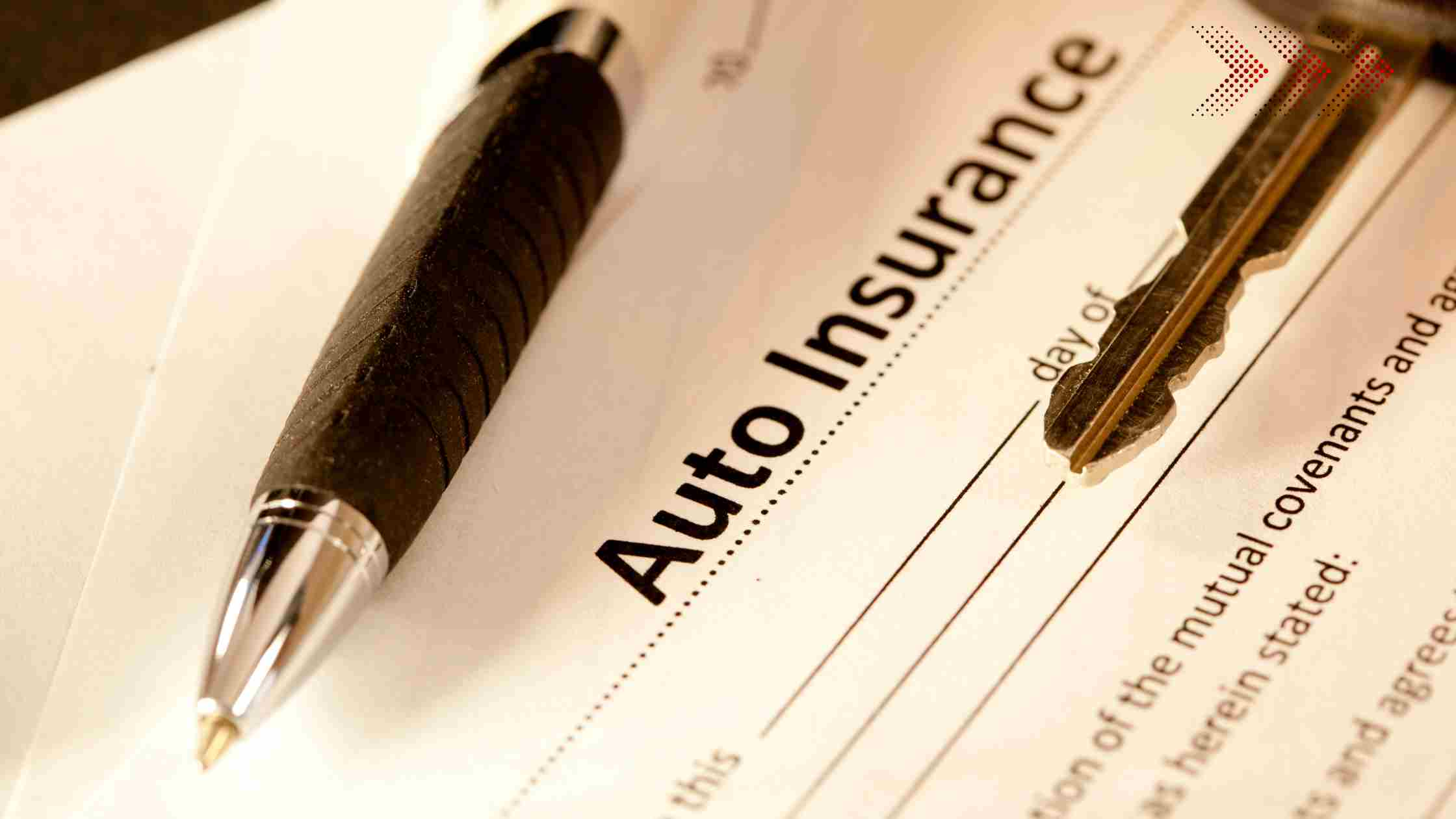Auto insurance is essential to responsible car ownership, as it provides financial protection and peace of mind in unexpected incidents. Whether you are an experienced driver or a new car owner, it is crucial to comprehend the intricacies of auto insurance to ensure that you have the appropriate coverage to safeguard your vehicle, yourself, and other drivers on the road. f, and other drivers on the road.
In this detailed guide, we will take a closer look at various aspects of auto insurance, including the types of coverage available, factors that influence insurance premiums, tips for selecting the right policy, and steps to follow in case of an accident. After going through this guide, you will have all the knowledge required to make informed decisions regarding your auto insurance needs. This will empower you to drive with confidence and security on the road.
Auto Insurance Types
Here’s an explanation of each type of auto insurance coverage:
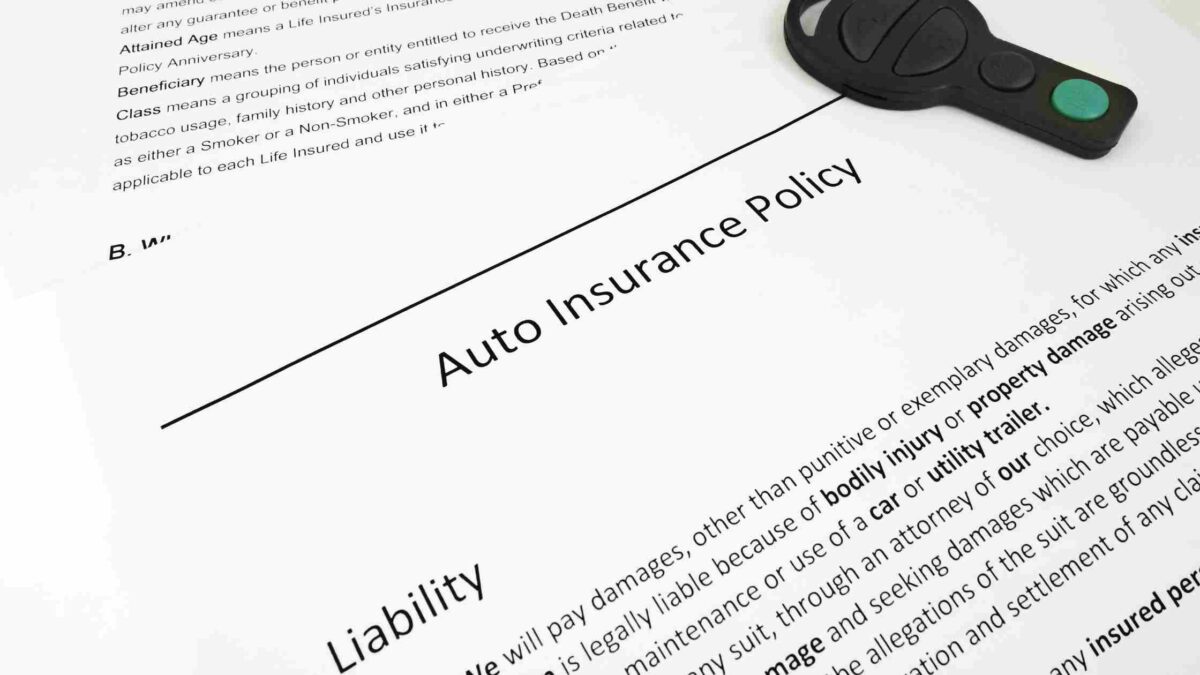
Liability Coverage
Liability coverage is a fundamental component of auto insurance policies, offering financial protection to drivers in the event of accidents where they are found to be at fault. This coverage is divided into two main categories: bodily injury liability and property damage liability.
Bodily injury liability coverage helps pay for medical expenses, rehabilitation costs, and lost wages for individuals injured in an accident caused by the insured driver. It also covers legal expenses in case of lawsuits resulting from the accident. This coverage provides essential financial protection, helping drivers meet their obligations to compensate others for injuries caused by their actions on the road.
Property damage liability coverage, on the other hand, covers the cost of repairing or replacing property damaged in an accident for which the insured driver is responsible. This includes damage to other vehicles, buildings, or other types of property. Like bodily injury liability, property damage liability coverage helps shield drivers from potentially significant financial liabilities resulting from accidents.
Overall, liability coverage is crucial for drivers to protect themselves financially and fulfill their legal obligations in the event of accidents. By providing coverage for damages and injuries caused to others, it offers peace of mind and financial security for drivers on the road.
Collision Coverage
Collision coverage is designed to provide financial protection to drivers for damages to their vehicles resulting from collisions with other vehicles or objects, regardless of fault. This coverage helps pay for repairs or replacement of the insured vehicle, ensuring that drivers can quickly get back on the road after accidents.
One of the key benefits of collision coverage is its flexibility in covering a wide range of collision-related damages. Whether the insured vehicle collides with another car, hits a stationary object like a tree or a pole, or rolls over, collision coverage steps in to cover the costs of repairs or replacement. This coverage is particularly valuable for drivers with newer or more expensive vehicles, as it helps protect their investment in their cars.
It’s important to note that collision coverage typically comes with a deductible, which is the amount the policyholder is responsible for paying out of pocket before the insurance coverage kicks in. Policyholders can choose their deductible amount based on their preferences and budget, with higher deductibles usually resulting in lower premiums.
In summary, collision coverage offers valuable financial protection to drivers for damages to their vehicles resulting from collisions, providing peace of mind and ensuring that drivers can quickly recover from accidents and get back on the road.
Comprehensive Coverage
Comprehensive coverage is a type of auto insurance that protects against non-collision-related incidents, such as theft, vandalism, fire, or natural disasters. This coverage is designed to help drivers cover the costs of repairing or replacing their vehicles in case of damages or losses resulting from these types of events.
One of the key benefits of comprehensive coverage is its broad scope of coverage, which extends beyond collisions to include a wide range of risks that drivers may face. For example, comprehensive coverage can help cover the costs of repairing or replacing a vehicle that has been stolen, vandalized, or damaged in a fire or flood.
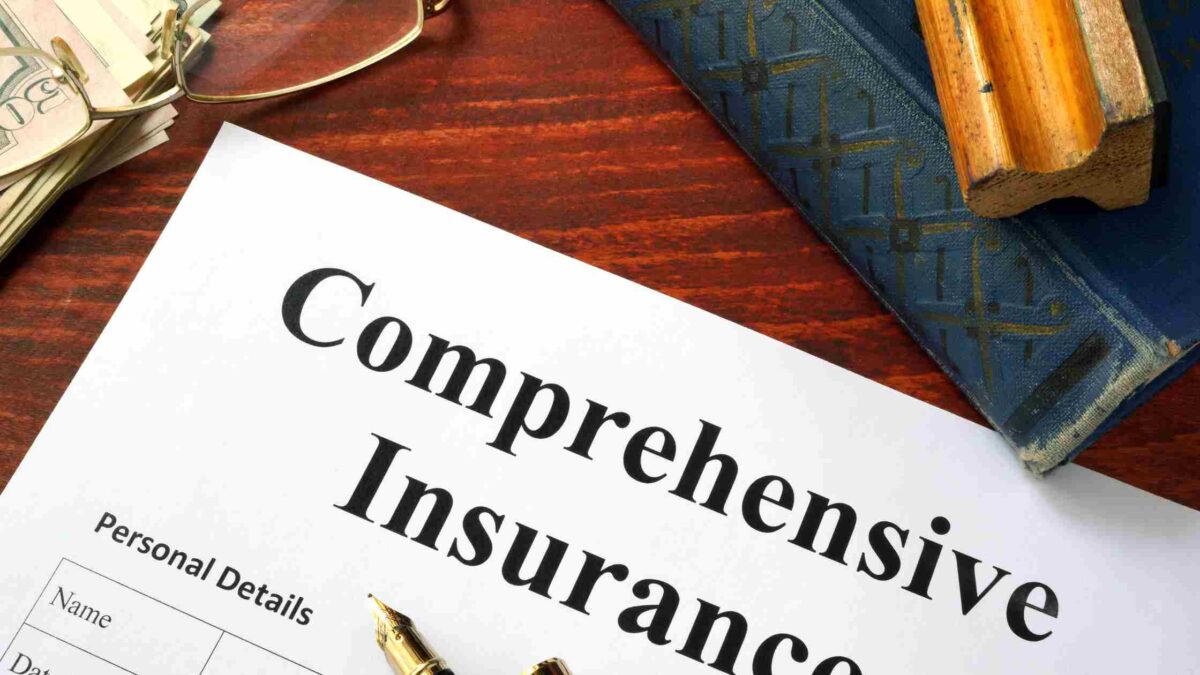
Comprehensive coverage is particularly valuable for drivers who live in areas prone to theft, vandalism, or natural disasters, as it provides financial protection against these risks. Additionally, lenders may require drivers to carry comprehensive coverage if they have financed or leased their vehicles, as it helps protect the lender’s financial interest in the vehicle.
Like collision coverage, comprehensive coverage typically comes with a deductible, which is the amount the policyholder is responsible for paying out of pocket before the insurance coverage kicks in. Policyholders can choose their deductible amount based on their preferences and budget, with higher deductibles usually resulting in lower premiums.
In summary, comprehensive coverage offers valuable financial protection to drivers for damages or losses resulting from non-collision-related incidents, providing peace of mind and ensuring that drivers can quickly recover from unexpected events and get back on the road.
Uninsured/Underinsured Motorist Coverage
Uninsured/underinsured motorist coverage is an essential component of auto insurance policies, providing financial protection to drivers in the event of accidents involving uninsured or underinsured motorists. Despite legal requirements for drivers to carry insurance, some individuals may still operate vehicles without proper coverage, putting other drivers at risk.
This coverage steps in to help cover medical expenses, lost wages, and property damage for insured drivers and passengers if they are involved in an accident with an uninsured or underinsured motorist. It ensures that drivers are not left financially vulnerable due to the negligence of others on the road.
Uninsured/underinsured motorist coverage typically includes two main components: bodily injury coverage and property damage coverage. Bodily injury coverage helps pay for medical expenses, rehabilitation costs, and lost wages for the insured driver and passengers injured in the accident. Property damage coverage, on the other hand, covers the costs of repairing or replacing the insured vehicle.
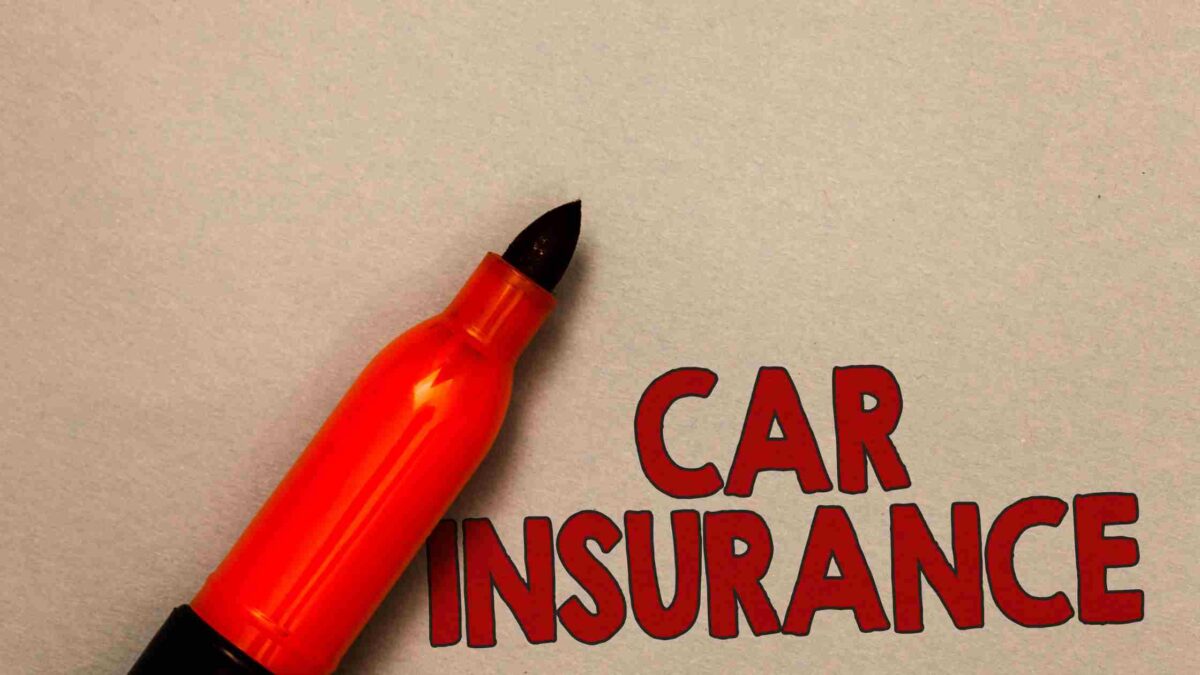
By carrying uninsured/underinsured motorist coverage, drivers can protect themselves financially and ensure that they have access to necessary medical care and repairs in the event of accidents involving uninsured or underinsured motorists. It offers peace of mind and security on the road, knowing that drivers are not left to bear the financial burden of accidents caused by others’ negligence.
Personal Injury Protection (PIP)
Personal injury protection (PIP) coverage is a type of auto insurance that provides financial protection to drivers and passengers for medical expenses and lost wages resulting from accidents, regardless of fault. Also known as “no-fault” coverage, PIP coverage is designed to ensure that individuals injured in accidents have access to necessary medical care and financial support, regardless of who was at fault for the accident.
PIP coverage typically includes medical expenses coverage, which helps pay for medical treatments, hospital stays, rehabilitation costs, and other medical expenses resulting from injuries sustained in the accident. It also includes lost wages coverage, which helps replace a portion of the insured individual’s lost income if they are unable to work due to accident-related injuries.
One of the key benefits of PIP coverage is its no-fault nature, which means that individuals injured in accidents can receive benefits from their insurance policies without having to establish fault or liability. This helps streamline the claims process and ensures that injured individuals receive prompt medical care and financial support.
PIP coverage is mandatory in some states and optional in others, depending on state laws and regulations. Policyholders can typically choose the coverage limits and options that best suit their needs and budget, ensuring that they have adequate financial protection in the event of accidents resulting in injuries.
In summary, PIP coverage offers valuable financial protection to drivers and passengers for medical expenses and lost wages resulting from accidents, regardless of fault. It provides peace of mind and security on the road, knowing that individuals have access to necessary medical care and financial support in the event of unexpected accidents.
Car Insurance 3rd Party / Third-Party Car Insurance
Third-party car insurance is a type of auto insurance coverage that provides financial protection to drivers against liabilities arising from accidents where they are deemed at fault. Unlike comprehensive or collision coverage, which also covers damages to the insured driver’s vehicle, third-party insurance specifically covers damages and injuries caused to others involved in the accident.
Coverage Details
Under third-party car insurance, the insurer pays for the damages and injuries sustained by the other party involved in the accident, including their medical expenses, vehicle repairs, and any other property damage. This coverage is essential for ensuring that drivers can meet their legal obligations and financial responsibilities in the event of accidents.
Legal Requirement
In many jurisdictions, having third-party car insurance is a legal requirement for driving on public roads. This is because it helps protect other road users from financial losses resulting from accidents caused by insured drivers. Failure to carry adequate third-party insurance can result in legal penalties, including fines and license suspension.
Cost and Coverage Limits
The cost of third-party car insurance premiums varies depending on factors such as the driver’s age, driving history, and the type of vehicle insured. Policyholders can choose coverage limits based on their preferences and budget, with higher coverage limits typically resulting in higher premiums.
Advantages and Considerations
Third-party car insurance offers several advantages, including legal compliance, financial protection, and peace of mind for drivers. However, drivers need to understand that third-party coverage only covers damages and injuries to others involved in accidents and does not provide coverage for the insured driver’s vehicle. As such, drivers may consider supplementing third-party coverage with additional coverage options to ensure comprehensive protection.
In summary, third-party car insurance is a vital component of auto insurance policies, providing financial protection to drivers against liabilities arising from accidents where they are at fault. By ensuring compliance with legal requirements and offering peace of mind on the road, third-party insurance helps drivers navigate the complexities of auto insurance and protect themselves and others on the road.
- 10 Best Essential Business Management Techniques You Need to Know
- Maximize Efficiency and Growth: Expert Product and Service Management Solutions
- Why Macroeconomics is the study of the economy as a whole – Best Info
- Understanding Supply and Demand: A Comprehensive Explanation
- The Nature and Scope of Macroeconomics- A Best Guide
FAQ
why my car insurance is so high

Your car insurance premium may be high due to several factors, including your driving history, age, location, type of vehicle, coverage options, and insurance company’s risk assessment. Accidents, traffic violations, and claims history can increase premiums, as can living in areas with high crime rates or traffic congestion.
Additionally, expensive or high-performance vehicles typically have higher premiums. Choosing comprehensive coverage or lower deductibles can also impact costs. Shopping around for quotes from different insurers and considering discounts for safe driving or bundling policies may help lower premiums.
what auto insurance is the best
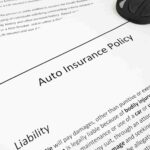
The best auto insurance varies depending on individual needs, preferences, and circumstances. Factors to consider include coverage options, cost, customer service, claims handling, and financial stability of the insurer. Researching and comparing quotes from multiple reputable insurance companies can help identify the best option tailored to your specific requirements.
Additionally, reading reviews and seeking recommendations from friends or family members can provide valuable insights into the quality of service and customer satisfaction. Ultimately, the best auto insurance is one that offers comprehensive coverage at a competitive price, backed by excellent customer support and a reliable claims process.
Which auto insurance coverages are required in Florida

*Personal Injury Protection (PIP): Florida is a “no-fault” state, meaning drivers must carry PIP coverage to pay for their medical expenses and lost wages regardless of who is at fault in an accident. The minimum PIP coverage limit required in Florida is $10,000.
*Property Damage Liability (PDL): Drivers must also carry PDL coverage to pay for damages to other people’s property resulting from an accident where the insured driver is at fault. The minimum PDL coverage limit required in Florida is $10,000.

